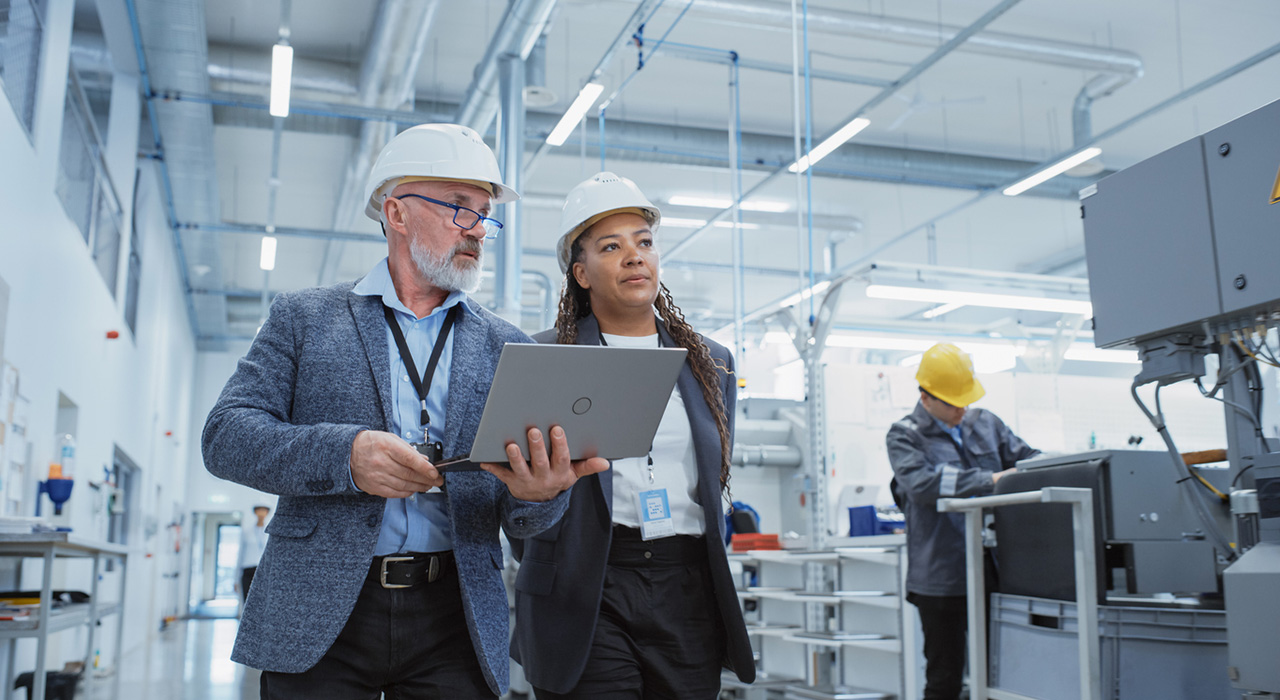Use Case: Achieving AI At Scale at Cemex - Asset Display Page

Use Case: Achieving AI At Scale at Cemex

Use Case: Achieving AI At Scale at Cemex
září 26, 2024
Important Research from MIT Benefiting Multiple Industries
The recent advancements in Artificial Intelligence (AI) have positioned it as a key driver in many companies' digital transformation efforts. AI has the potential to enhance sales growth, improve customer experiences, and reduce operational costs, all while empowering employees to be more productive. However, successfully implementing AI is no small feat. Many organizations struggle with the steep learning curve and the complexities that come with scaling AI across their operations.
As I’ve witnessed in my role as Chief Data & AI Officer at NEORIS, and as an Adjunct Executive at CEMEX for AI, companies often rush into AI without fully understanding what lies ahead. They need a knowledgeable partner to guide them through this process and ensure their AI investments pay off in the long run. This is precisely why MIT’s Center for Information Systems Research (CISR) decided to investigate how businesses can successfully scale AI within their models. The resulting study, which focused on Cemex—a global cement company headquartered in Monterrey, Mexico that highlight our partnership and work around AI with NEORIS—provides valuable insights for any organization embarking on a similar journey.
MIT’s research highlighted three key factors for scaling AI: building data liquidity, fostering an AI-savvy workforce, and efficiently managing scarce resources. Let’s take a closer look at our approach and explore the lessons from MIT CISR’s findings that can benefit any company looking to achieve AI at scale.
How Cemex Built an AI-Savvy Workforce
Cemex recognized early on that adopting AI was not a short-term business trend but a long-term transformation process. Well before the current AI boom, Cemex began laying the groundwork in 2000 by establishing the Global Data Science (GDS) center of excellence. This initiative ensured that employees became comfortable with AI and understood its potential long before AI became a mainstream technology.
According to MIT CISR, Cemex’s strategy for AI readiness stood out in several ways. The company didn’t just train employees on AI tools; it embedded AI literacy into its organizational culture. As I often say, “We know that employees have varying levels of comfort and understanding when it comes to AI. By exposing them to new tools early, we can ensure better adoption, use, and ultimately, best practices.”
To help employees integrate AI into their daily work, Cemex used practical approaches such as Hub & Spoke model that foster cross-functional collaboration. GDS data scientists worked closely with business domain experts to develop AI use cases, fostering mutual understanding and trust. One of Cemex’s most innovative tools, the “Magic Tools,” enabled users to run what-if simulations and visualize the outcomes of AI models. This transparency nurtured trust among users, managers, and technical teams, helping everyone work together more seamlessly as new AI challenges arose.
Cemex also promoted knowledge-sharing across teams by creating Data Science Communities of Practice, where employees could exchange insights and collaborate on AI projects. As I often say, “AI doesn’t exist in a vacuum. Employees talk about the process informally and learn from one another. By supporting these Communities of Practice, we empower teams to apply AI to real-world situations and continue growing their AI expertise.”
A Continuous Journey of Learning and Scaling AI
Once the right foundation was in place, Cemex’s IT and GDS divisions began the complex task of scaling AI across the company. MIT CISR’s study emphasized that this journey was not just about deploying AI models—it was about developing the company’s ability to manage interconnected models at scale, a concept referred to as "data liquidity." This term, which was key to Cemex’s success, refers to the company’s ability to manage large volumes of AI models efficiently across different geographies and business functions.
Cemex’s approach to scaling AI was highly iterative and collaborative. By encouraging cross-functional teams to contribute ideas, Cemex ensured that its AI initiatives reflected the needs and insights of employees across the globe. This process allowed Cemex to test innovative ideas in one region and adapt them for use in other areas, creating a feedback loop that accelerated AI’s impact.
As I explain to clients, “For large companies, ideas can originate from any division. The ability to test and implement those ideas in other regions is critical for building employee confidence and engagement. This, in turn, helps scale AI across multiple levels of the organization.”
To further support the scaling process, Cemex introduced a data catalog and a Speed Value framework, which helped prioritize AI use cases based on their potential impact and the resources required. Cemex’s “Innovation Funnel” ensured that ideas from across the company could be rigorously tested and expanded using local data from various geographies, driving continuous AI innovation and scaling.
Additionally, Cemex adopted MLOps (Machine Learning Operations) practices, which allowed the company to automate data science tasks and reduce model deployment times. This helped Cemex efficiently manage the proliferation of interconnected AI models across its global operations. As I often say, “What works in one place might work elsewhere, and by using machine learning, algorithms, and rigorous testing, we can scale AI solutions more quickly and efficiently.”
Processes of Value to Many Companies
One of the most valuable takeaways from MIT CISR’s study is that Cemex’s AI journey offers lessons for other organizations, regardless of industry. Cemex’s AI-powered platform, Cemex Go, has already generated significant operational efficiencies, and the company has taken this one step further by launching Arkik, a software-as-a-service (SaaS) company, to share its AI solutions with other businesses.
As AI continues to proliferate, the knowledge of how to scale it effectively is becoming increasingly important. MIT’s study underscores that companies need more than just AI technology; they need the right culture, processes, and resources to fully harness AI’s potential.
At NEORIS, we specialize in helping businesses like yours understand and implement scalable AI solutions tailored to your specific needs. By reducing the learning curve and guiding your team through this complex journey, we enable you to work more efficiently, reduce costs, and fully leverage your AI resources.
A Visionary Partner for Your AI Transformation
Cemex’s journey serves as a roadmap for how other companies can successfully engage in their own AI transformation and build AI at scale. At NEORIS, we specialize in guiding businesses through this process, helping them implement scalable, impactful AI solutions tailored to their unique needs.
Interested in discovering how NEORIS can accelerate your AI journey? Visit www.neoris.com to learn more about our expertise and how we can be your partner in innovation.
Featured
-
Innovación con perspectiva de género: cómo la diversidad impulsa un futuro tecnológico más inclusivo
dubna 23, 2025
-
Los Agentes de IA revolucionan la experiencia del cliente y potencian el talento humano
dubna 22, 2025
-
EPAM NEORIS inaugura su hub de Inteligencia Artificial en Madrid
dubna 2, 2025
-
NEORIS lanza la cuarta edición de 'Impulsando Talento' para formar a jóvenes en tecnología
března 25, 2025
Most viewed
-
IA, SIM Swap y disrupción: las tendencias más destacadas del MWC 2024
března 25, 2024
-
NEORIS se convierte en Socio del Año de Microsoft
července 23, 2020
-
Microsoft reconoce a NEORIS como socio del año para SAP en AZURE
července 23, 2020
-
Cristina Valles (NEORIS), entre los mejores directivos de recursos humanos según Forbes
června 26, 2024










